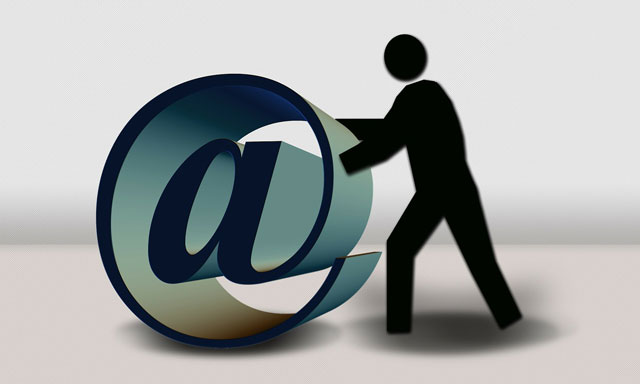
This year saw the 43rd anniversary of e-mail. Compared to a human working life, e-mail has after more than four decades on the job now reached retirement age. Is it time for e-mail to step aside to allow us to embrace the alternative?
Every minute in 2012 saw 168m e-mails sent around the world. In 2013 it reached 204m, but 2014 saw the first ever decline, to 138m e-mails. Despite the fall in e-mail use, other tools of communication have some way to go to catch up: each minute saw 433 000 tweets on Twitter and 4,7m posts on Tumblr. Even adding together all the messages sent by all the other non-e-mail communication platforms doesn’t come close to 138,8m messages a minute.
So why does it feel like e-mail has taken over our lives? Certainly e-mail is regularly blamed as the root cause of workplace stress. In a recent study, we explored the physiological and psychological impact of time spent communicating on UK government employees.
We measured blood pressure, heart rate and levels of cortisol, a stress hormone and kept paper-based diaries. The study revealed that e-mail does elevate stress when compared to time spent e-mail-free. However, compared to other means of communication measured in this study such as telephone or face-to-face contact, e-mail is no worse than any other.
Multitasking e-mail alongside other forms of communication such as phone and face-to-face meetings increases stress. For example, the results showed the majority of participants (92%) were stressed, with elevated blood pressure and heart rate readings, during e-mail and phone use. With multifunctional devices like smartphones now making staff accessible 24 hours a day, it’s likely this will only make things worse for workers.
But enough of the science, what does this mean for you and me? One worrying aspect of our results is that many employees don’t realise they’re stressed.
Staff felt they were not stressed even when the readings showed their bodies were. This suggests that we may find it hard to self-regulate our use of all the communication tools we have at our disposal in order not to become overwhelmed.
So, if e-mail isn’t the cause of our communication woes, what is? Simply put, we’re communication addicts. With the widespread use of smartphones, we now all check our messages all day every day — and the majority of us respond to new messages immediately. We live in a constantly connected world where talking face-to-face seems like a thing of the past. We are all now familiar with the scene of a group of friends or family sat around in the same room, each engrossed with their own device.
In business, our addiction means we leave the office feeling fatigued, having not completed the tasks we wanted to and feeling lacking in creativity. If we were interrupted every five minutes by an e-mail and each took a minute to deal with and a minute to return focus to what we were doing before being interrupted, we would only have three minutes before the next interruption. If every new interruption is a new task to be completed, the brain becomes overloaded trying to juggle between eight and 15 tasks at any one time.
E-mail isn’t perfect, and companies such as Google and Microsoft are still working on new ways of approaching e-mail to overcome these problems, such as Google’s importance ranking in Gmail, its new Inbox app, or Microsoft’s e-mail-taming Clutter program.
But the fact is that pensioning off e-mail wouldn’t solve our communication problems, as it is not root cause of them. It would simply mean Twitter, Facebook and new tools like them would scale to take its place.
E-mail is unlikely to be retired soon — it still has an important role to play as grandparent in its twilight years. But give it another 20 years and, after a hard-working life, we could be attending its leaving party.
 Tom Jackson is professor of information and knowledge management and director of the Centre for Information Management at Loughborough University
Tom Jackson is professor of information and knowledge management and director of the Centre for Information Management at Loughborough University- This article was originally published on The Conversation




